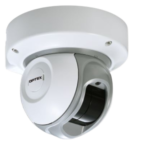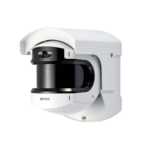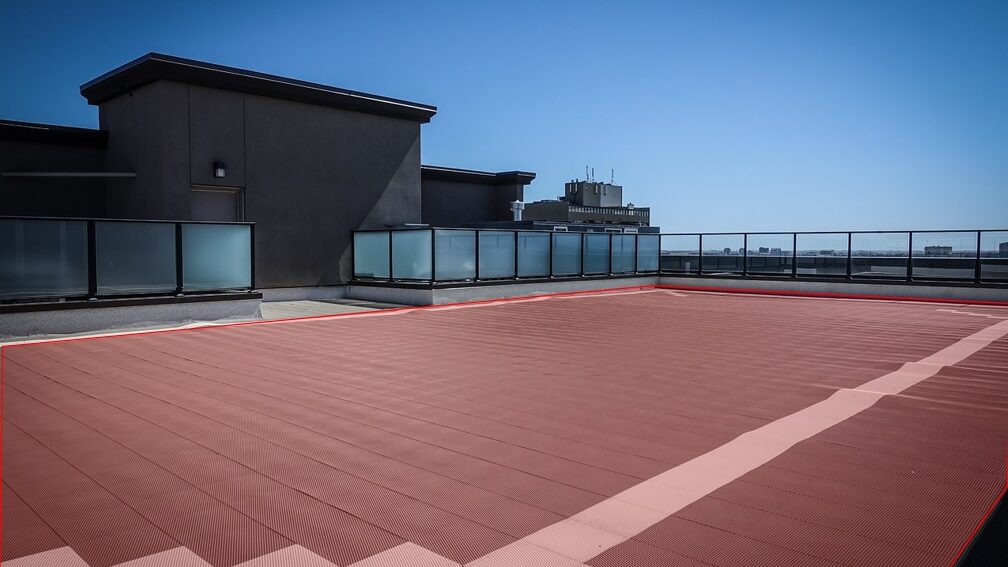Understanding Sensor Grades and Their Importance in Security Systems
In today’s world, protecting people, property, and assets has become a top priority across every sector—from private homes and office buildings to warehouses, factories, and government facilities. In Southeast Asia, surveillance cameras continue to be the most widely adopted security solution due to their versatility and ease of deployment. However, recent years have seen a notable shift toward the integration of security sensors (alarm systems) in residential, commercial, and industrial sites. This growing trend is driven by the increasing demand for real-time, proactive responses to potential threats. Unlike passive monitoring systems, security sensors act as an active first line of defense by detecting unauthorized presence before a break-in occurs—enabling faster action and minimizing risk.

However, not all intrusion detection sensors offer the same level of reliability and performance. One effective way to evaluate sensor reliability is by checking whether they comply with internationally recognized standards. One of the most widely adopted is the European EN 50131 standard, which categorizes security sensors into 4 grades, based on their resistance to tampering and ability to withstand attempted break-ins.
This article explores the concept of sensor grades, their role in intrusion detection systems, and how they guide the selection of suitable security solutions based on risk levels.
What Is Sensor Grade?
Sensor grade refers to the classification of security sensors based on their ability to detect intrusions and resist tampering or bypass attempts. These grades are defined by international standards such as the European EN 50131, which categorizes alarm systems into four levels—Grade 1 to Grade 4—according to the level of protection they offer.
Each grade corresponds to a specific risk environment, ranging from low-risk residential areas to high-security facilities such as military sites. Understanding sensor grades helps security professionals and property owners select the appropriate level of protection for their needs, ensuring that the system’s capabilities align with the potential threats of the environment.

Sensor Grades Explained (EN 50131)
The four EN 50131 grades range from Grade 1 (low risk) to Grade 4 (very high risk). The table below outlines each grade and suitable application examples.
| Grade | Risk Level | Description | Application Examples |
|---|---|---|---|
| Grade 1 | Low | For locations with minimal valuables and very low risk of intrusion. Provides basic protection for entry points such as doors and windows against inexperienced intruders. | Residential properties, small retail stores in low-crime areas |
| Grade 2 | Medium | Ideal for environments with moderate risk. Designed to resist intruders who may use tools or attempt entry through alternative access points. | Residential, small commercial facilities and offices |
| Grade 3 | High | Suitable for high-risk locations. Offers comprehensive protection for all potential entry points, including walls and ceilings, against skilled attackers using advanced tools. | Medium to large commercial facilities, sites storing high-value assets (banks, jewelry stores, gold shops, warehouses, factories, etc.) |
| Grade 4 | Very High | Designed for very high-risk sites. Provides maximum protection against organized attacks involving specialized equipment and well-planned intrusion methods. | High-risk sites for military or terrorist targeting |
Which Security Grade Should You Choose?
The choice of sensor grade should reflect the level of risk your property faces.
For medium-risk environments, such as homes or small businesses, Grade 2 sensors are generally sufficient. They provide essential protection while remaining cost-effective.
For higher-risk environments, such as commercial or industrial properties, Grade 3 sensors are recommended. These more sophisticated devices can withstand fluctuating temperatures and background noise, and often include advanced features like anti-masking, making them ideal for detecting experienced intruders.
OPTEX Grade2 and Grade3 Sensors
OPTEX offers both Grade 2 and Grade 3 certified products that comply with EN 50131 standards. Each sensor undergoes more than 150 product evaluation tests to ensure reliability under real-world conditions, including environmental changes, vandalise and attempts at tampering.
Certified Grade 2 models recommended for security projects:

FlipX Standard model
FLX–S–ST: PIR
FLX–S–DT: Dual-technology (PIR+MW)
- Hardwired indoor Grade 2 with rotatable lens
- Wide detection up to 12m, 85 degree, narrow detection up to 18m (PIR only)
- Superior pet tolerance with new pyroelectric element
- Variable high mount 2.0-3.0m

FlipX Professional model
FLX–P–ST: PIR
FLX–P–DT: Dual-technology (PIR+MW)
- Hardwired indoor Grade 2 with rotatable lens
- Wide detection up to 15m, 85 degree, narrow detection up to 24m (PIR only)
- Double conductive shielding for visible light/RFI protection
- Variable high mount 2.0-3.0m
Certified Grade 3 models recommended for security projects:

FlipX Advanced Model
FLX–A–AM: PIR
FLX–A–DAM: Dual-technology (PIR+MW)
- Hardwired indoor Grade 3 with rotatable lens
- Wide detection up to 15m, 85 degree, narrow detection up to 24m (PIR Only)
- Super sensitivity for higher detection performance
- IR Antimasking
- Down Zone detection

REDSCAN mini
Laser Scan Detector
- RLS-2020I:Indoor / RLS-2020S:Indoor/Outdoor
- Detection area: 20x20m
- Vertical and horizontal detection mode
- Multi-angle Adjustment Shell Structure (M.A.S.S)
- 4 adjustable detection areas on IP connection
- Total 3 outputs can be assigned for analog connection
- Supporting multiple network protcols

REDSCAN Pro
Laser Scan Detector
- Detecton area: RLS-3060V: 30x60m / RLS-50100: 50x100m
- Vertical and horizontal detection mode
- High detection resolution: 0.25°
- ONVIF profile S compliant
- 8 independent detection zones
- Environmental factor resistance
- Log function with camera
Case Study of OPTEX Using Grade 3 Laser Scan Detector
Summary
Understanding sensor grades is essential for designing effective intrusion detection systems that match the level of risk in each environment. The EN 50131 standard provides a clear framework for evaluating sensor performance, from basic protection in low-risk areas to advanced security in high-risk facilities.
OPTEX offers certified Grade 2 and Grade 3 sensors that meet international standards and undergo rigorous testing to ensure reliability under real-world conditions. By selecting the appropriate sensor grade, security professionals and property owners can enhance protection, reduce false alarms, and respond proactively to potential threats.
Contact OPTEX
Please feel free to contact us for further information.
We are always eager to support you and propose a solution that suits your needs.










